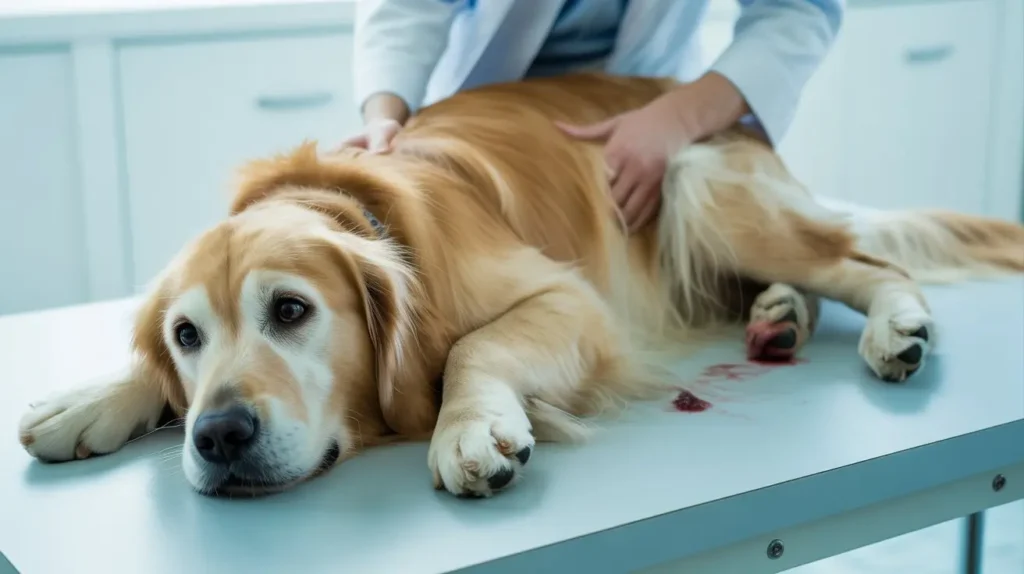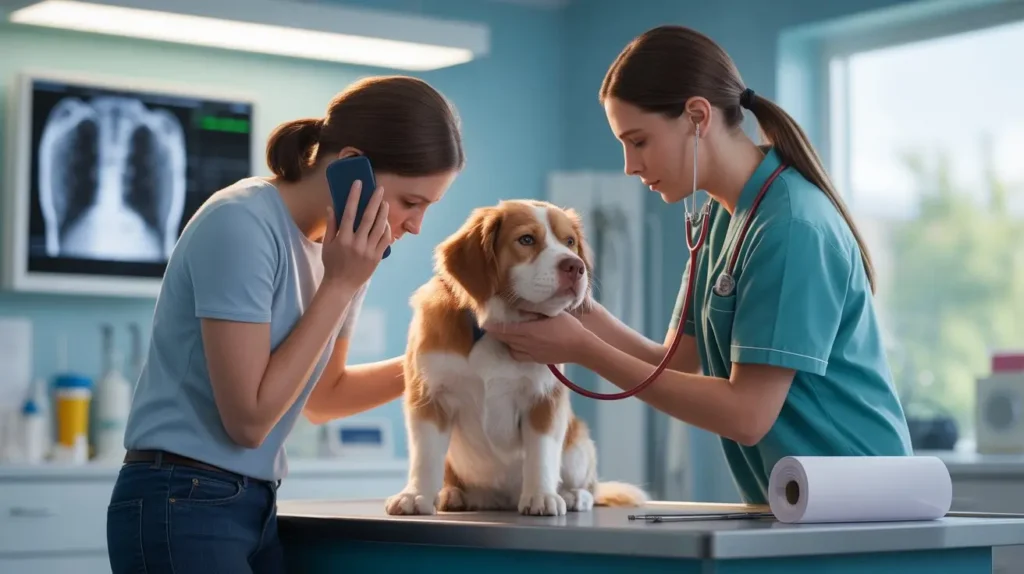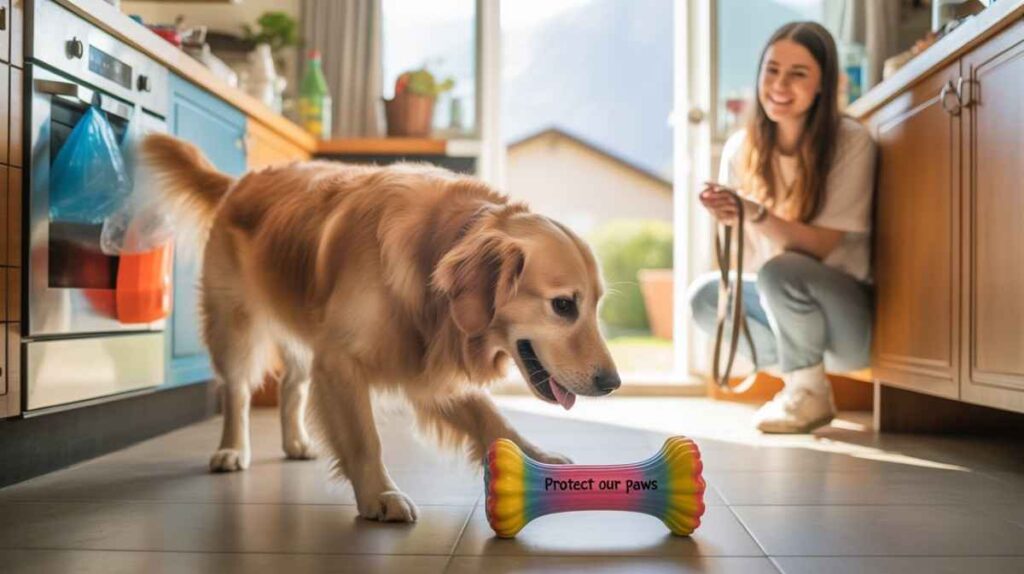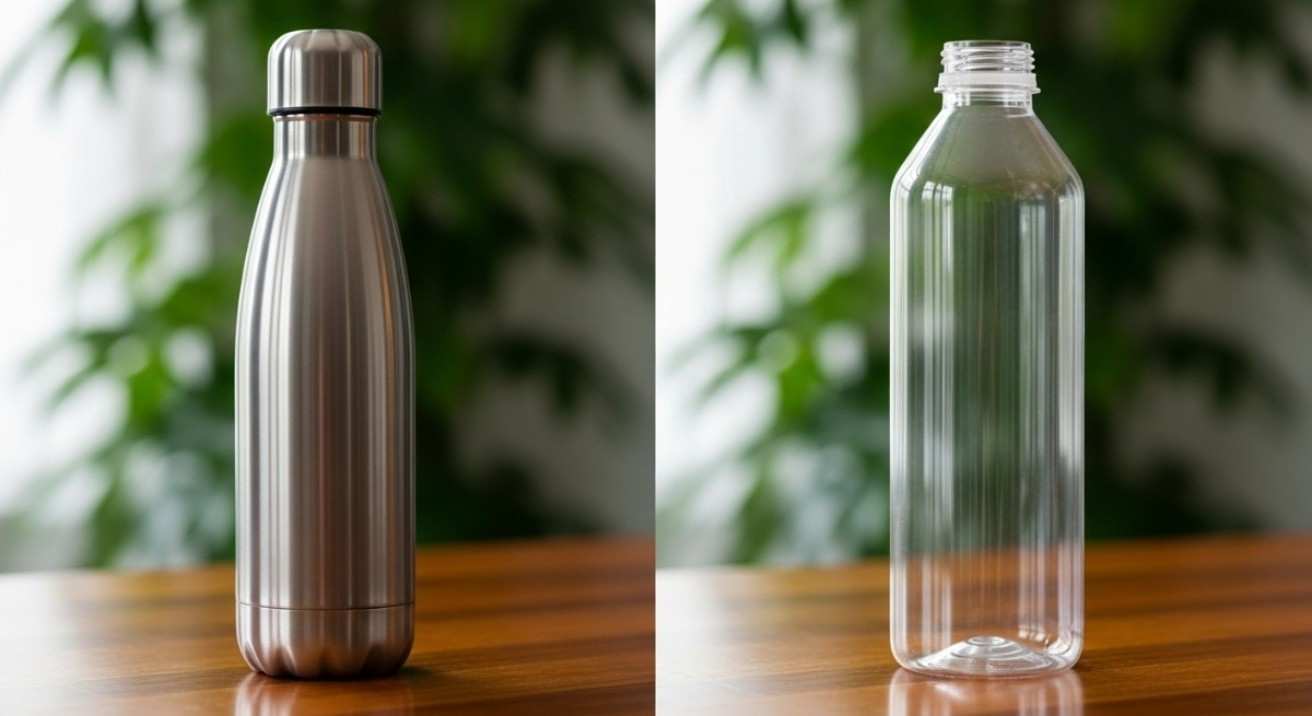No, Can Dogs Digest Plastic? It poses shocking risks like choking, blockages, and lasting harm—learn safe tips to protect your dog’s health.
Can Dogs Digest Plastic?
Can Dogs Digest Plastic? The hard truth is no—plastic is deadly, indigestible, and highly dangerous for dogs. A single bite can trigger choking, intestinal blockages, or even internal injuries that require urgent vet care. What seems like harmless chewing quickly becomes a life-threatening hazard. With plastic everywhere—bags, bottles, wrappers—every pet parent must know the 5 key dangers before it’s too late. This guide reveals the facts you cannot afford to ignore.
Types of Plastic & Risks for Dogs
| Type of Plastic | Risks for Dogs |
|---|---|
| Soft plastics (bags, food wrappers) | Can fold inside the stomach, leading to intestinal blockage and choking. |
| Hard or sharp plastics (bottle caps, toy fragments) | May cut the mouth, throat, or intestines; risk of gut perforation and internal bleeding. |
| Contaminated plastics (medication packs, chemical containers) | Carry risks of toxicity in addition to physical harm. |
| Small pieces that pass | Can still cause gut irritation and leave behind microplastics in the digestive system. |
Symptoms If a Dog Swallowed Plastic
- Pale gums, bloody vomit, or dark stool – Severe warning signs of internal injury or gastrointestinal obstruction.
- If your dog suddenly drools a lot or struggles to swallow, it could mean plastic is blocking the airway.”
- Vomiting or retching – A sign the stomach or intestines are irritated or blocked.
- Diarrhea or constipation – Suggests digestive disruption or partial obstruction.
- Abdominal pain – Dog may whine, pace, or react when belly is touched.
- Lethargy and weakness – Signals the body is under stress or losing energy.

Emergency Steps If Your Dog Has Ingested Plastic
If your dog swallows plastic, stay calm and assess what was eaten. Do not try to pull lodged pieces from the throat or induce vomiting unless directed by a vet—it can cause more damage.
Contact an emergency vet right away if the plastic is sharp, large, or contains chemicals. They may perform X-rays or an endoscopy to find and remove it, and in some cases, surgery is required to treat a blockage.
At home, follow your vet’s guidance, monitor stools, and keep your dog hydrated.

How Quickly Can Plastic Move Through a Dog’s System?
Because dogs cannot digest plastic, how long it stays in the body depends on size and shape. Small, smooth pieces may pass through the stool within 12 to 72 hours, but there is no guarantee.
Larger or sharp items often become trapped in the stomach or intestines, leading to obstruction that won’t resolve without veterinary care.
When a dog ingests plastic, keep a close eye for warning signs such as vomiting, trouble passing stool, or signs of belly pain.When in doubt, seek prompt advice from your veterinarian, as waiting too long can be life-threatening.
Complications of Dogs Eating Plastic
| Complication | What Happens |
|---|---|
| Intestinal blockage | Stops food and water from passing through the gut → vomiting, dehydration, no appetite |
| Gut perforation | Sharp pieces cut the intestines → risk of internal bleeding & infection |
| Peritonitis | Dangerous infection in the abdomen caused by bacteria leakage |
| Toxicity | Plastics with chemicals or medicine residues can poison the dog |
| Hard to resolve | Since dogs cannot digest plastic, issues rarely clear up without vet care |
Prevention Tips
- Keep plastics out of reach – Store bags, wrappers, bottles, and containers securely, especially in kitchens and trash areas.
- Provide safe chew toys – Choose durable, non-toxic options like natural rubber or polypropylene instead of items that can splinter.
- Address pica in dogs – Use training to discourage the habit of eating non-food objects.
- Supervise outdoor time – Keep a close eye during walks to prevent scavenging from streets or bins.
- Limit exposure to microplastics – Ensure your dog’s play area and environment are clean and free from plastic debris.

Anecdotes: When Plastic May Pass Safely
Some pet owners report that their dogs passed small pieces of soft plastic, such as bits of wrappers or packaging, without complications.
In these cases, the material moved through the digestive tract and appeared in the stool within a couple of days. However, these stories can be misleading. Even if one dog passes plastic safely, another may suffer a blockage, perforation, or toxicity from the same material.
Since dogs cannot digest plastic, there is no guarantee it will pass safely—veterinary guidance is always recommended.
FAQ Section
Can dogs digest plastic?
No, dogs are unable to digest plastic—it usually passes through the body intact or leads to a serious blockage.”
What happens if my dog swallowed a plastic wrapper?
A wrapper may cause choking or blockage. Contact your veterinarian immediately.
What symptoms indicate an intestinal blockage in dogs?
Watch for vomiting, no stool, abdominal pain, and lethargy. These require urgent vet care.
Should I induce vomiting?
Never without veterinary advice—sharp or large plastic can worsen injury.
What is the duration plastic may remain in a dog’s stomach?
Sometimes days or longer, often requiring removal.
Conclusion
So, can dogs digest plastic? Absolutely not. Plastic poses serious risks, from intestinal blockage to toxicity. Quick veterinary attention can save lives, while prevention—keeping plastics out of reach and offering safe chew alternatives—is the best protection. Always act promptly if ingestion occurs.





